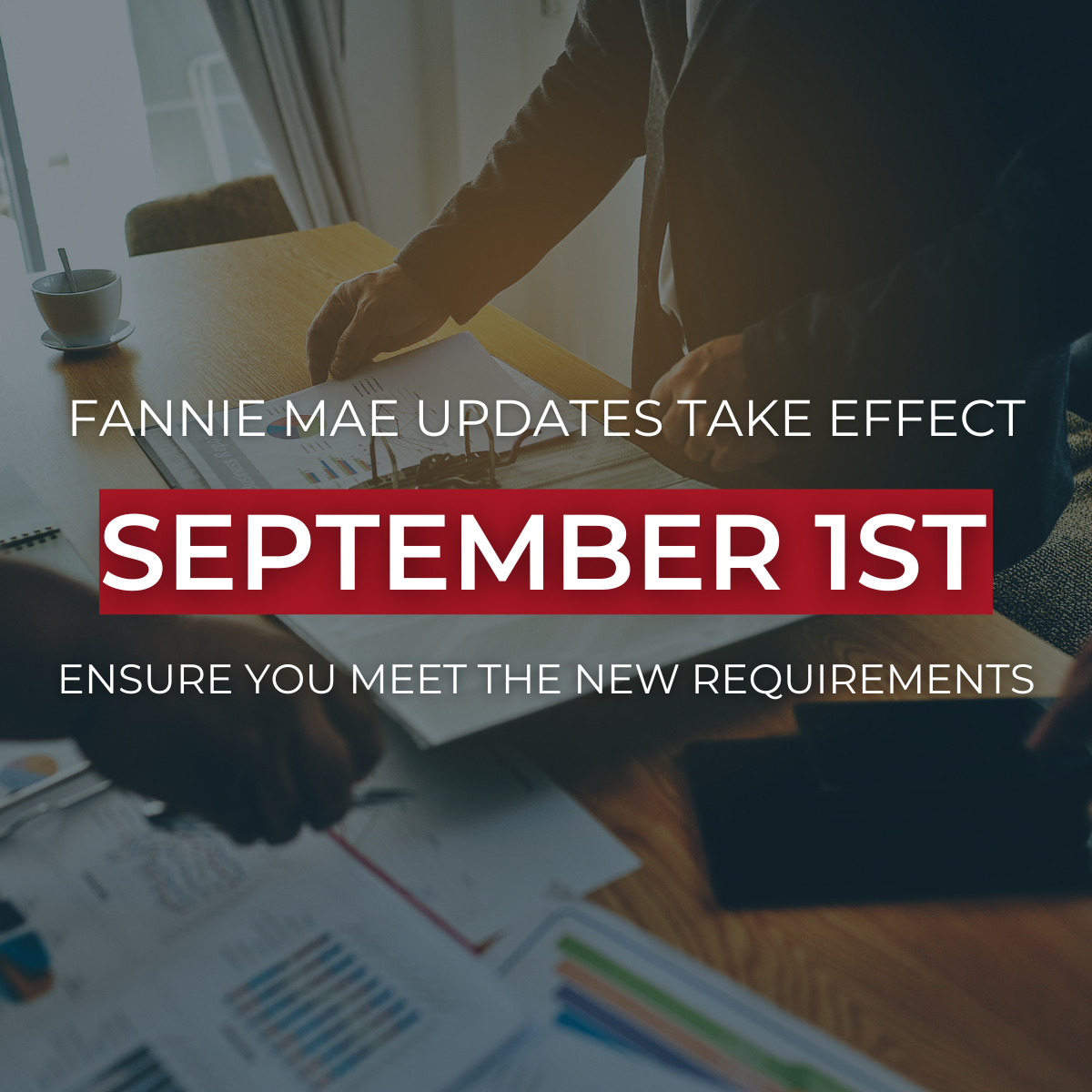The future of mortgage loan buybacks
By Donald Stimpert, manager of secondary market QC, Young & Associates
Understanding the rising risk of loan buybacks
The secondary mortgage market is evolving rapidly, and with it, lenders face increasing pressure to maintain strict quality control (QC) standards. Loan buybacks — once considered an occasional risk — have become a growing concern as investors, government-sponsored enterprises (GSEs) and regulatory bodies scrutinize loan origination and underwriting processes more closely.
Recent economic uncertainty, fluctuating interest rates and regulatory changes have only amplified repurchase risks, making it imperative for financial institutions to adopt proactive strategies to mitigate potential buybacks before they impact profitability.
Why are mortgage loan buybacks increasing?
Several factors contribute to the rise in loan repurchase demands, including:
1. Heightened investor scrutiny
With a more volatile lending environment, investors and GSEs such as Fannie Mae and Freddie Mac are intensifying post-closing reviews to identify underwriting errors, miscalculations, and misrepresentations.
2. Rising interest rates and loan performance issues
As interest rates climb, borrowers with recent mortgages may be at a higher risk of delinquency. A worsening performance trend in loans increases investor caution, leading them to revisit underwriting quality and enforce buybacks when defects are found.
3. Evolving regulatory standards
The Consumer Financial Protection Bureau (CFPB) and other regulators continue to refine lending requirements, particularly around fair lending, borrower income verification, and compliance with TRID (TILA-RESPA Integrated Disclosure) rules. Lenders who fail to maintain strict adherence to these standards may see increased buyback requests.
4. Defect trends in loan underwriting
Recent QC reports indicate a surge in defects related to:
- Income calculation errors
- Debt-to-income (DTI) miscalculations
- Missing documentation
- Undisclosed liabilities
- Misrepresentation of borrower information
Even minor discrepancies can trigger a repurchase demand, highlighting the need for enhanced QC measures.
Strategies to minimize repurchase risk
To reduce exposure to loan buybacks, lenders must strengthen their QC frameworks and proactively address risk areas before loans reach the secondary market.
1. Strengthen pre-funding and post-closing QC reviews
Implementing a robust pre-funding QC process helps catch potential defects before loans are sold, significantly reducing repurchase risk. Post-closing audits should be conducted consistently, ensuring that any issues are corrected before investor scrutiny.
2. Enhance data validation and borrower verification
Investors are increasingly focused on data integrity. Lenders must adopt advanced verification tools to cross-check borrower information, income, employment history, and undisclosed debts, minimizing the risk of fraud and errors.
3. Implement targeted sampling for QC reviews
Rather than relying solely on random sampling, lenders should integrate risk-based QC sampling that focuses on high-risk loan categories, such as self-employed borrowers, non-traditional income sources, or jumbo loans.
4. Maintain open communication with investors and GSEs
Establishing proactive dialogue with investors, servicers, and GSEs can help lenders identify evolving QC expectations and regulatory shifts, allowing them to adjust policies before issues escalate into buyback requests.
5. Conduct regular staff training and compliance refreshers
Underwriting and QC staff should receive continuous training on updated investor guidelines, industry best practices, and regulatory changes. Well-informed teams are less likely to overlook critical details that lead to defects.
A more proactive approach to mortgage QC
The risk of loan buybacks is unlikely to disappear, but financial institutions that take a proactive approach to mortgage quality control will be better positioned to minimize losses, maintain strong investor relationships, and protect their bottom line.
By integrating technology-driven audits, enhanced borrower validation, and risk-based QC sampling, lenders can significantly reduce repurchase exposure and navigate the evolving secondary market with confidence.
Is your institution prepared to mitigate repurchase risk? Young & Associates offers customized Mortgage QC solutions designed to enhance your quality control processes and protect your loan portfolio. Contact us today to learn how we can help safeguard your secondary market loan sales.



